Sound
The primary devices being tested:
- Linear Solution switch
- SOtM modified switch
- SOtM tX-USBultra
- SOtM sMS-200
- SOtM sCLK-OCX10
- Intel NUC
Over the past few months, I used the SR4 (and SR7) to power various parts of my audio chain. During that time, I’ve written over 100 pages of notes and have consolidated my findings. There were a few themes I discovered during my listening sessions. Holistically, everything the SR4 powered was instantly elevated in a multitude of ways. It imparted a sense of purity and cohesion that I think most try to find in their DACs, amplifiers, and other equipment. The sonic gains were not subtle across all tested components and were particularly high with the SOtM tX-USBultra.
Even prior to break-in, the SR4 exhibited finesse, fine levels of gradations (especially of low-level cues), and exquisite dimensionality. In its fresh state, it outperformed every power supply I had on hand – by a sizeable margin. The differences were immediate and profound. This only improved over time, especially after the first 150 hours. While most high-end power supplies have a “character” to them, the SR4 skips this step and goes straight for truth.
In ways, it almost sounds “impossible.” I’ll explain.
I usually use recordings as reference points but after sorting out the notes, I felt it made more sense to provide holistic impressions.
The first thing you’ll notice is how realistic the soundstage is presented. Aside from width and incredible depth reproduction, the pieces of the music are layered, outlined, and arranged with pinpoint precision. To me, it redefined what “holographic” means. To put it bluntly, the other supplies, which are fantastic, sound flat and slightly congested in comparison. The SR4 displays a “layered shape” with the lifelike cohesion of vocalists, stringed instruments, percussions, and woodwinds. It never sounds messy and or loses composure no matter how busy the recordings get.
Secondly, you’ll notice how smooth the tonal transitions and progressions are as musical pieces unfold. There aren’t any “holes” or “bumps” in the delivery of lips movements, instrumental aggression, or room reflections. All the information is there with perfect phase alignment and a perceptibly weighted contrast. In order words, tonal perspective is presented effortlessly. Lyrics are more intelligible and wholesome while cymbal brushes are feathery, glare-free, and accompanied by a healthy scoop of gravitas. It’s easy to say it’s “smooth” but I’m more inclined to say it’s more “spectrally uninhibited.” Dynamic swings are also satisfyingly coated – giving a very tangible sense of weight, speed, and intention.
Lastly, the noise floor on the SR4 is extremely low – everything fades in from black – but in a nonartificial way. Low-level details are brought forth in a naturalistic, full, and contoured manner. From the delicacy of breathy intakes to the fibrous strokes of a bow across strings, it never sounds contrived. As far as bass response, it’s naturally taut and encompassed. It’s not presented in the “typical” insistent, “spotlight” manner but in a form of solidity, authority, and coherence. Music is also carried further into the room with realistic decay and refinement. This low noise floor affords not only the freedom of immersion but also helps materialize the performance in front of you. It’s quite remarkable.
The SR4 preserves the rhymic quality of the recording and does so with poise and tenacity. The only way to really describe it is – lifelike. There’s stability in how the music moves in and out, with just the right shift in pressure – from the lowest of grunts to the gradual decay of venue reflections. Many of these qualities have tradeoffs, but they don’t seem to exist with the SR4.
You could have it all – vividness, smoothness, authority, and proper timbre. This is what I meant by “impossible.”

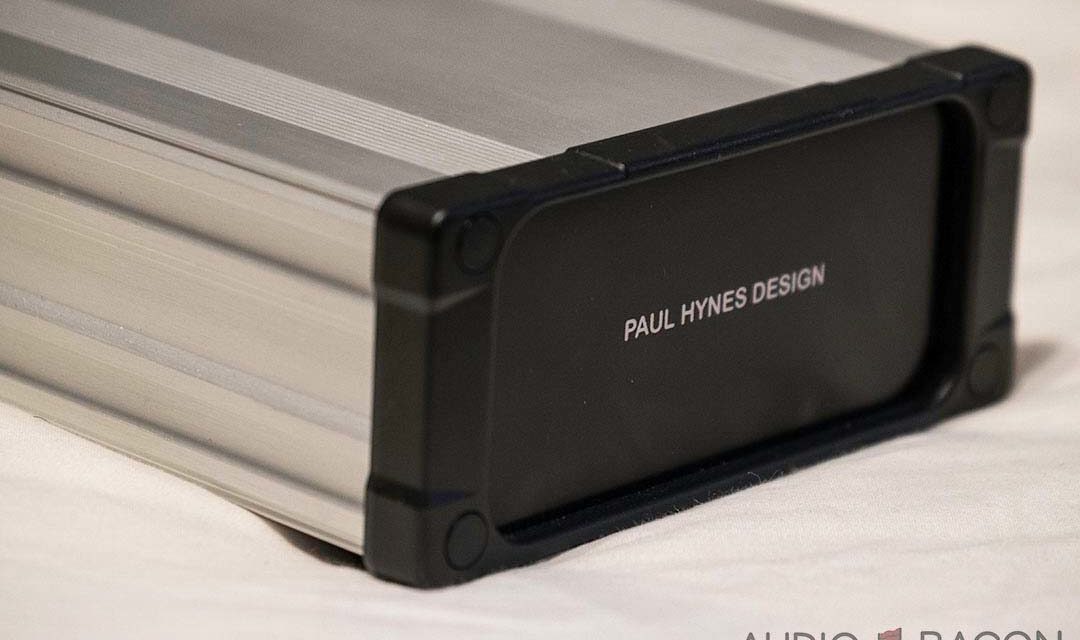
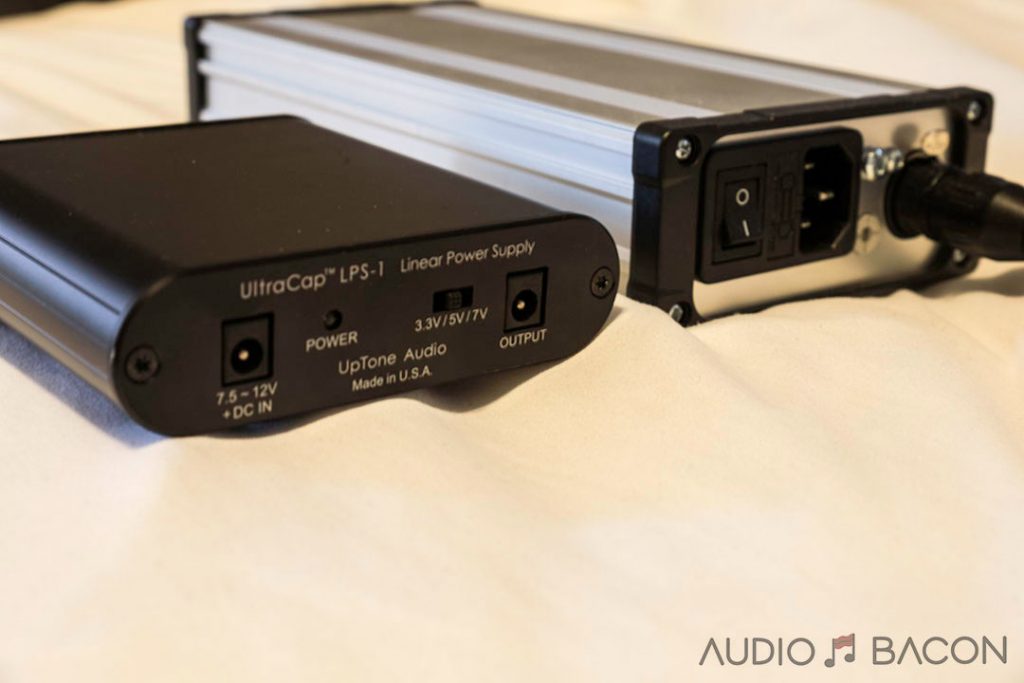
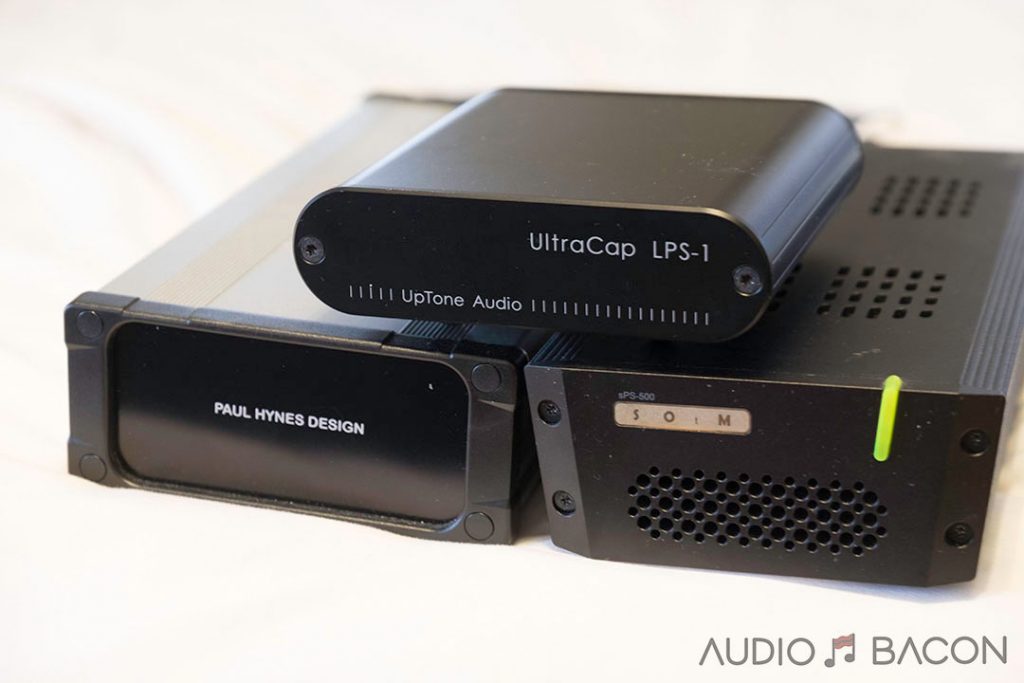


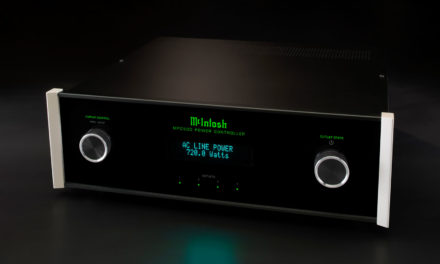
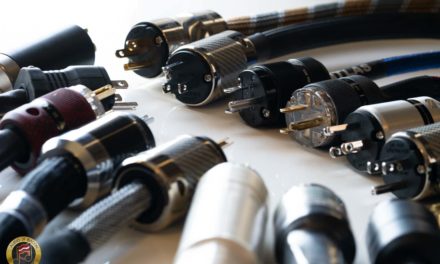
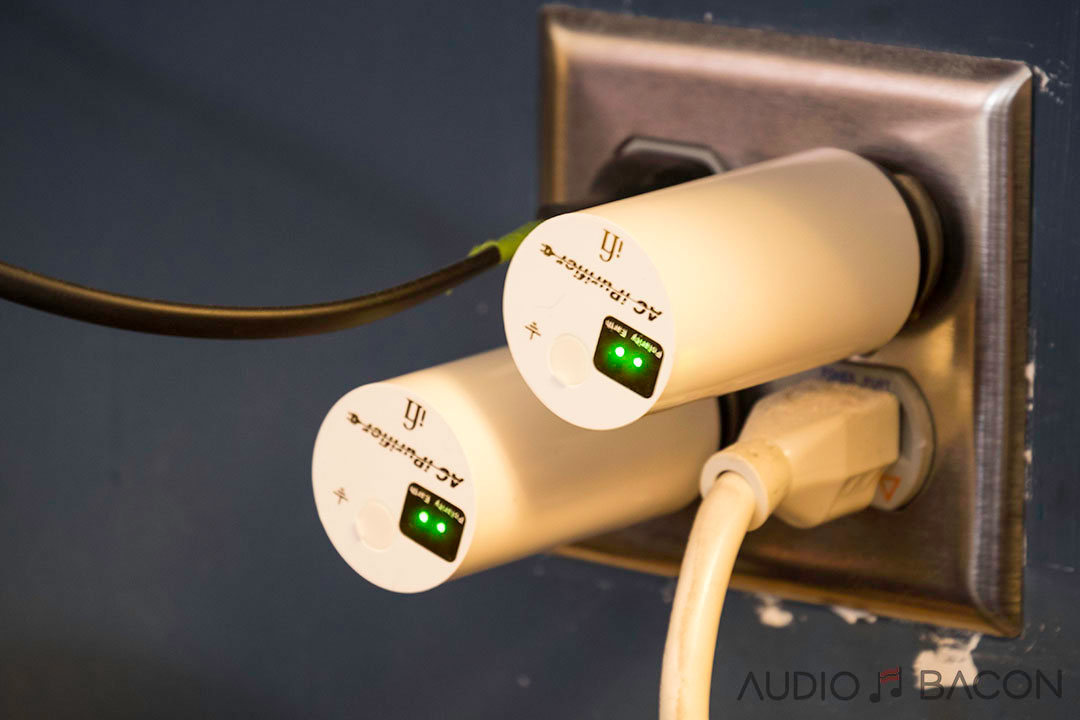
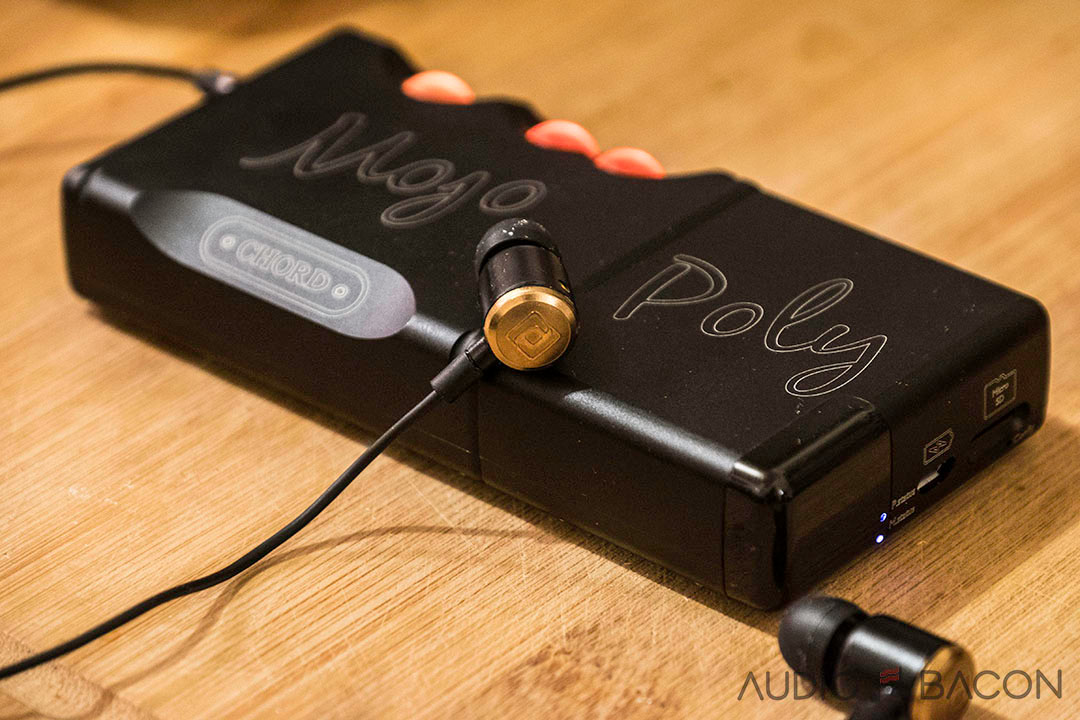

In my experience, my SR7 is indeed the finest PSU I have thus far experienced. I have auditioned, owned and still own other supplies from Teddy Pardo, Paul Pang, Kenneth Lau, SBooster, HDPlex, Teradak, Uptone Audio (JS2, LPS-1, LPS-1.2), and SOtM (sPS-500) and they are all fairly decent with the LPS-1.2 being a standout among this group for components that don’t draw more than 1A, however, in my opinion, the mighty SR7 is without peer. Good call on this one, Jay!
It is a very good review.
Nevertheless it suffers greatly from the absence of the biggest competitor, the Uptone Audio LPS1.2.
There are reports that the SR4 and the LPS1.2 are nearly on par.
I would suggest to compare both in a post sriptum to make this review complete.
Thanks
Matt, I own both PSUs, and use the LPS-1.2 to power the ISO Regen and the SR4 to power to tx-USBultra. For powering the ISO Regen, SR4 and LPS-1.2 are more or less on par (the SR4 sounding a bit brighter). For powering the tx-USBultra, SR4 sounds slightly better than LPS-1.2, imo. Both are great PSUs, worth their price. While I could live with the stock PSU of ISO Regen, the stock PSU of the tx-USBultra sounds terrible and is worth being replaced.
@Jay: Great review, thanks!!
Matt: The absence of both Uptone Audio LPS 1.2 *and* Vinnie Rossi MINI ultracapacitor power supplies.
From my understanding, the VR MINI has been discontinued since a year ago. I’ll get an LPS-1.2 in.
Hi Jay:
Alex from UpTone here. I think the world of Paul Hynes, I am happy to see that he is at last getting more production going of the terrific SR4, and I would not want to detract from your nice review of it.
That said, your readers are correct that the most contemporary comparison would be with our newer generation UltraCap LPS-1.2–now based on paralleled ultra-ultra-low-noise and ultra low output impedance LT3045 regulators, and now offering 5,7,9,12 volt user-selectable output setting.
I just saw your e-mail and we will get a unit down to you this coming week. We’ll likely swap it for one of the four(!) original LPS-1 units that you previously purchased from us.
Thanks and regards,
Alex Crespi
Hi Jay,
the right headline would have been
PAUL HYNES SR7 – THE WORLD’s BEST AUDIOPHILE POWER SUPPLY
Matt
according to this measure,
https://audiosciencereview.com/forum/index.php?threads/uptone-lps-1-linear-power-supply-review-and-measurements.1849/
the Uptone lps1 does not eliminate AC mains leakage. Since there is not measures in uptone page, I guess lps1.2 suffers from the same issue.
Actually, both the UltraCap LPS-1 and LPS-1.2 completely block the path of normal low-impedance AC mains leakage. Always have.
But we later discovered (and yes Amir measured) that because the original Mean Well SMPS we were supplying with the LPS-1 did not connect AC ground to DC -ve output (“ground”), some high-impedance leakage could get through (because of a few dozen pF total capacitance of the transistors we use to alternate ultracapacitor banks instead of noisy mechanical relays).
We discussed all this and published measurements about it here:
https://www.computeraudiophile.com/forums/topic/37034-smps-and-grounding/?do=findComment&comment=734822
The solution is extremely simple: Just ground-shunt the “energizing”/charging supply to prevent high-impedance leakage from ever entering our DC>DC UltraCap unit. Many have done this as an easy DIY. And the LT3045-based LPS-1.2 comes with a new UpTone-branded 36W SMPS which is designed with an internal ground-shunt. So no AC leakage of any kind comes from the output. We also offer this new charger separately for $15 for those original LPS-1 owners who would like to address this minor issue but don’t want to run an external ground wire:
https://uptoneaudio.com/products/uptone-branded-7-5v-4-8a-36w-smps-with-internal-ground-shunt
My sincere apologies to Paul Hynes for this off-topic post. But I feel it is important to correct mis-information.
Thanks,
Alex at UpTone Audio LLC
Says who? You really believe you can make that claim by comparing Hynes PS with two other mediocre supplies? You seem to be just another dishonest and clueless audio reviewer. Get real.
Yeah – I do. Stop being a hater. It’s not good for your health.
Hello
How sound the DC cable ZenWave 6N copper vs the Paul HYNES fine silver ?
I prefer copper. If you prioritize transparency and detail – go silver. Paul Hyne’s silver is probably the smoothest I’ve ever heard. If you listen to mostly vocals or music that benefits from a more warm, golden sound – go Zenwave 7N copper.
The SOtM is far more revealing. But the TLS is warmer and is more tonally satisfying. I typically would opt for the warmer sound but the SOtM is able to unravel so much of the music, especially in regards to transient reproduction – it’s hard to pass up. For lack of a better word, the SOtM (with clock, evo caps, and 7N upgrade) just sounds more real.
thanks 🙂
Thanks Jay for all the great reviews….your input has enhanced my system greatly….I have been playing with TLS switch with Paul Hynes SR-4 LPS, trying to find a power cord that worked well in my rig. I took your suggestion with the Vovox Textura pc for my REL subwoofers however in my rig, with the SR-4 / TLS combo just didn’t work well (I am running it off my PowerCell 12 SE ). I tried a bunch of different SR power cables, an Audience and even an older VooDoo I had on hand and non played well. I happened to have an older and very cheap AudioQuest NRG-2 on hand….this was from an era where these were not well thought of and wouldn’t you know it! It is awesome in this spot…all the detail and dynamics with wonderful tone and lots of body and weight….incredible! Another audio “what the Hell”! Worth a try if you can pick one up!
I’ll have to hear it!
Unbelievable,another lazy review,lets use a car analogy what would you think of a review of a car with no pictures of the inside thats right DUMB! Sorry to be so rude but it really infuriates me ,what are you actually listening too the case or whats inside! beggars belief,takes a couple of minutes to take a photo and a potenial customer needs to know how its constructed especially with smaller companies am not saying that applies here but unfortunately we will never know, havin worked on a lot of audiofile equipment i have seen some shocking sights inside some power supplies untidy wiring to poor soldering etc please bear this in mind when you next do a review
Do you think the quality of the power chord to the PH LPS makes much difference or are they so resolute they make little/no change?
I’m not sure about the newer SR4s, but this one is impacted by the power cord.
Has there been any follow up to this review? I’m reading good things about the Sbooster 5v which is £330 so slightly cheaper than the SR4S-05, actually you can get them for about £300 if you search.
Hi there, Jannis here (mastering engineer). I have the SR5 (one of the last ones Paul built) with every module you could get (Turbo, DC, best silver cable and black chassis). I even modified it with Kimber select cable. Thinking about selling it (because the converter that I bought it for is not used anymore). Since it is not being build no more I thought I’d share it here.
Hit me up if you’re interested. I am in Berlin, Germany. mail@mahlgradmastering@gmail.com
Cheers Jannis
Hello
We can build PH linear PSU.
Please contact